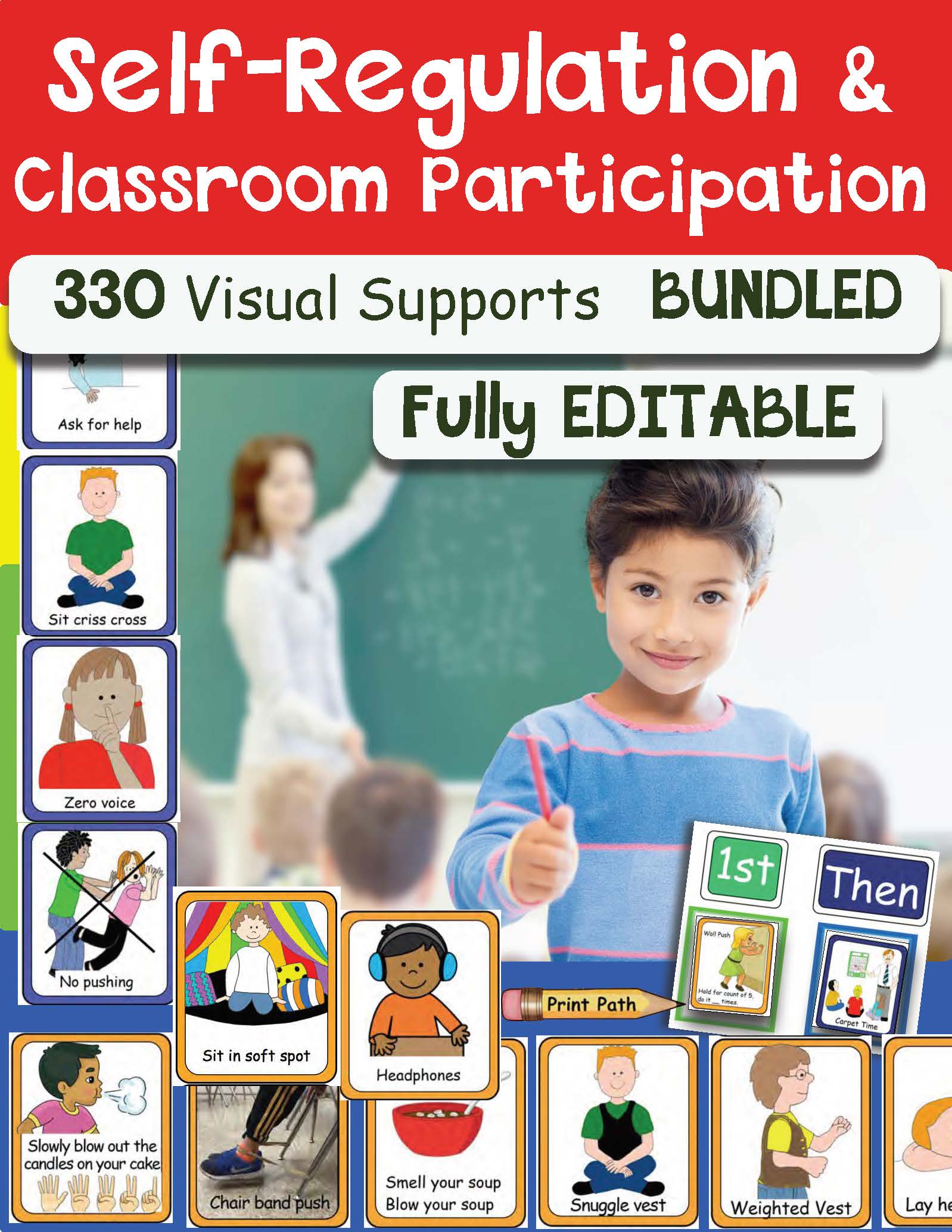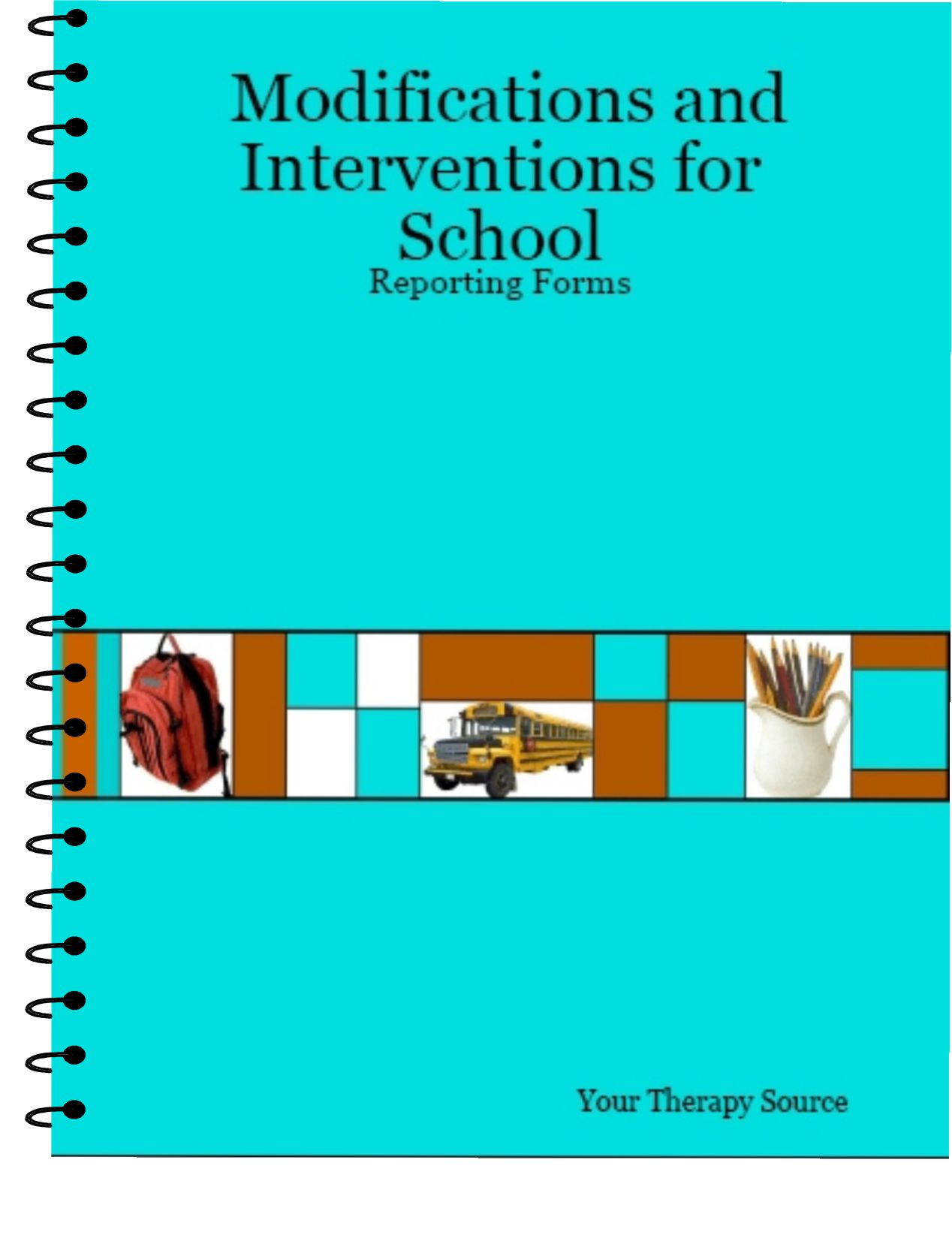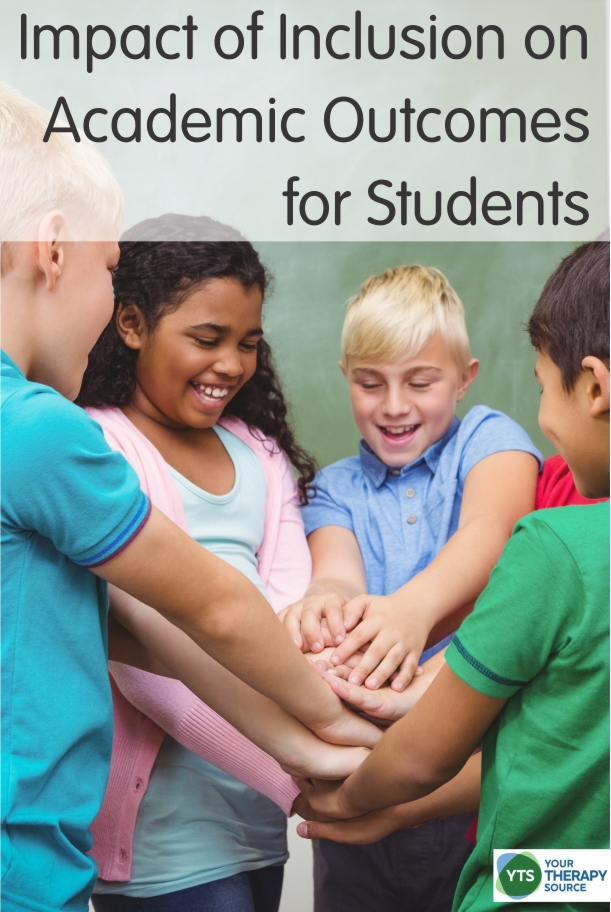Impact of Inclusion on Academic Outcomes for Students in Special Education
Do you wonder how effective inclusion is for students with special needs? Perhaps you are involved in IEP planning and placement meetings where different types of settings are discussed for students and often times anecdotal evidence is provided. Recently a study was published that helps to support the positive impact of inclusion on academic outcomes for students in special education.

Methodology of the Study on the Impact of Inclusion
The Journal of Special Education completed the study in order to determine whether students with more inclusive educational placements have better academic outcomes than those with less inclusive placements. The researchers compared academic outcomes of students in grades 3 through 8 placed in general education classrooms for 80% or more of the school day with those placed in general education classrooms for less than 80% of the school day.
Previous data from 2017 indicated that only 63% of students with disabilities educated in the United States experience the general education classroom setting for 80% or more time.
The Indiana State Test of Educational Progress administered in Grades 3–9 was the state assessment used for all students unless the student was alternately assessed.

Visual Supports: Schedules, Self-Regulation, & Classroom Inclusion
Results of the Study
Statistical analysis to determine the impact of inclusion for students with disabilities indicated the following:
- strong support for greater inclusion in general education settings for all Grades 4 through 8 yielded highly significant results favoring placement in the general education classroom for 80% or more time in both mathematics and ELA.
- in ELA, a minimum estimated difference of roughly 15 points favored high inclusion on standardized test scores in the sixth grade and a maximum difference of 27.32 points in the seventh grade.
- in math, a minimum of roughly 19 points difference favored high inclusion in the sixth grade and a maximum difference of almost 34 points in the eighth grade.
Conclusion
The researchers concluded that the results of this study add to the body of research indicating inclusion is a preferable and more effective educational strategy for students with disabilities. In addition, if students are placed in a more restrictive setting, it is important to remember that does not mean less effective instruction and services resulting in a less desirable educational experience.
Future research should focus on understanding within classroom differences when it comes to the effective implementation of inclusion in order to further improve the academic outcomes for students with disabilities.
Reference: Cole, S. M., Murphy, H. R., Frisby, M. B., Grossi, T. A., & Bolte, H. R. (2020). The Relationship of Special Education Placement and Student Academic Outcomes. The Journal of Special Education, 0022466920925033.
Read More on Inclusion
How to Increase Student Participation in School Activities
Inclusive Activities for Students

Modifications and Interventions for School Reporting Forms



